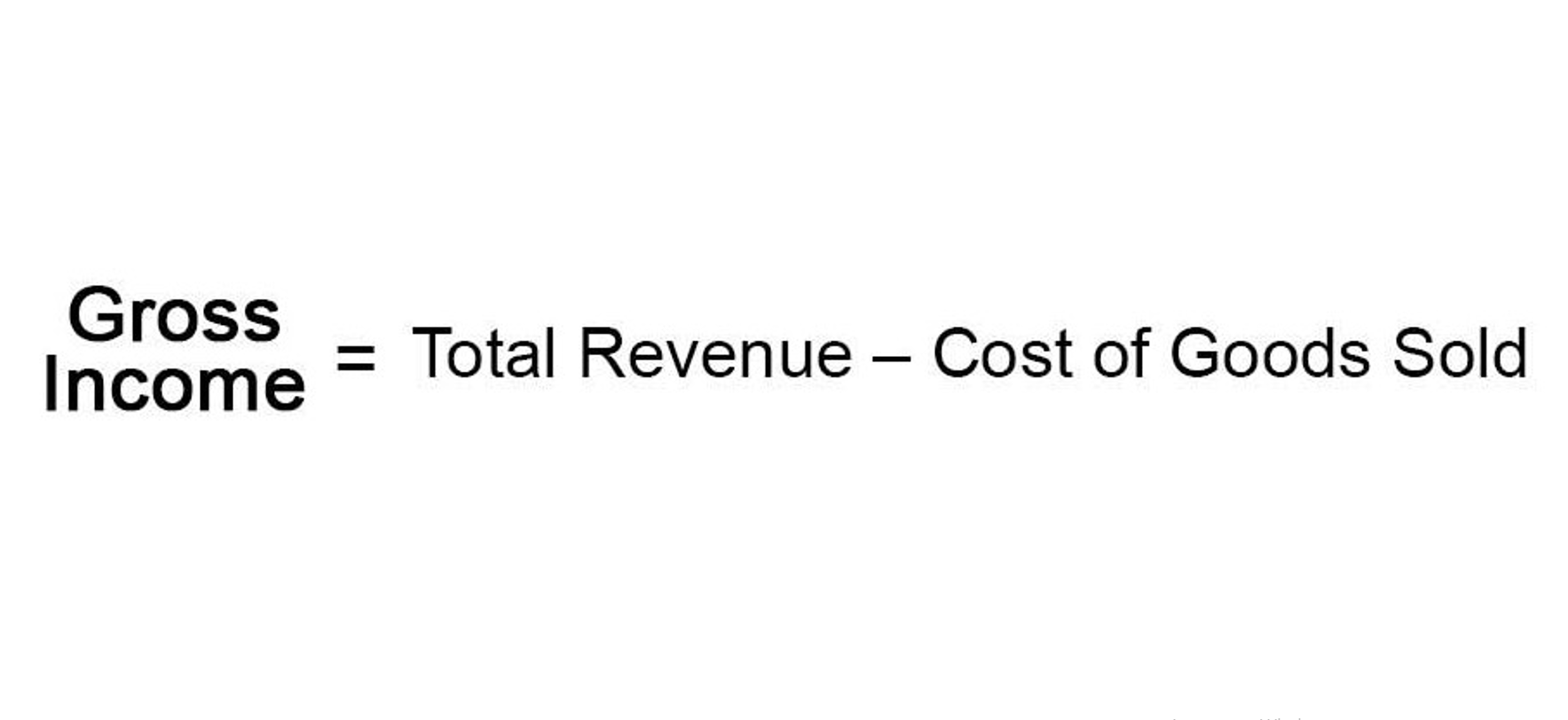
By automating the payment process, SaaS companies can provide a seamless experience that reduces user friction. While all subscriptions involve recurring billing, not all recurring billing consists of a subscription. For CFOs and financial professionals managing SaaS finances, recurring billing is strategically important. SaaS businesses operate on a different model compared to traditional product-based companies. She enjoys plating her detailed findings with a side of personal experience as an avid productivity enthusiast.

Example of how to set up recurring payments
When employed with finesse, recurring billing becomes the cornerstone of consistent and predictable revenue. Intuitive user interfaces allow businesses to navigate and control billing parameters effortlessly. Customization options are designed to be user-friendly, allowing businesses to tailor billing processes to their specific requirements without technical expertise. This essential strategy offers predictability, convenience, and sustained revenue streams, making it a pivotal tool for businesses across various industries. Recurring billing can be used by any business which offers its services on a recurring basis. For example, UPI AutoPay in India allows customers to set up electronic payments for multiple use cases including insurance premium payments, loan installments, and mutual fund investments.

Best Practices in Recurring Billing
- Here are some payment processors known for their robust features, security, and ease of use.
- This can be done using APIs provided by the payment processor or built-in features within your system.
- Similarly, volume-based cloud storage services bill customers according to the amount of storage space they use.
- Automated billing ensures invoices are generated and sent on time, which is essential for maintaining cash flow and operational efficiency.
- It’s important for businesses to be transparent about their billing practices and for customers to review subscription terms and payment details carefully.
- It could be for a subscription box of beauty supplies, a streaming service, or your favorite magazine.
This ” set it and forget it ” mechanism relieves the customers of the task of making sure the bill is paid every cycle. Shopify, Square, Braintree, and Stripe all provide recurring billing and tools for the subscription company within their payment processing platforms. Shopify and Square offer that “out-of-the-box” solution that comes equipped with site templates and lots of extra goodies included, too.
- That way, you can notify your customers when they need to update their credit card information—before you even try to process their payment.
- Once the customer has authorised payment, you’ll be able to process recurrent transactions as they’re due.
- Recurring billing can also lead to overlooked expenses for customers who forget about the charges.
- For an overview of the most important things to consider in choosing a payment gateway, see this page.
- By providing feedback on how we can improve, you can earn gift cards and get early access to new features.
- The premise of an acquisition-focused strategy is expanding the customer base as quickly as possible, often at the expense of long-term retention strategies.
Accept payments
This delayed recurring billing revenue can pose significant challenges, particularly if you need a steady cash flow to cover ongoing operational expenses such as server costs, customer support, and product development. This predictability is vital for SaaS businesses to reinvest in product development, customer acquisition, and scaling efforts, ensuring long-term growth and stability. Unlike businesses in other sectors, where revenue might fluctuate based on one-time sales, SaaS companies benefit from a steady income stream that allows for more accurate financial forecasting and planning. SaaS companies should ensure that their cancellation policies are transparent, fair, and customer-friendly to build a sustainable business model. This might include more behind-the-scenes operations, like invoicing, customer notifications, and payment processing.
- The very premise of recurring billing is that it’s supposed to be easy, but that doesn’t mean you can roll it out and watch as the magic happens.
- Some businesses prefer to set up recurring invoices rather than charge the customer’s card automatically.
- In this example, customers can choose either to pay in full or to enter into a recurring billing option where they’re charged monthly.
- Both involve regular payments in exchange for ongoing services or products.
Disadvantages of recurring billing
Stripe membership payments allow you to charge members at regular intervals seamlessly. Imagine having a crystal ball that gives you a fairly accurate estimate of your business earnings every month or year. Most commonly, you might have encountered the monthly recurring charge, especially with services like streaming platforms or gym memberships. Imagine a magazine subscription that you receive every month, or a software subscription fee deducted from your account annually. When you hear the term “recurring,” it signifies something that happens repeatedly at regular intervals. In the world of finance and business, to “define recurring” means setting up transactions that automatically repeat after a set period.

For example, P&G (Gillette on Demand), Sephora (Play!), and Walmart (Beauty Box) have all launched new subscription businesses. The estimated wait time for credit card payments to be transferred to your bank is 5 to 7 banking days. However, most funds usually reach your business account within 2 to 3 business days from the original transaction. While recurring billing should hopefully boost your customer retention, there will come a time when a customer wants to pause or cancel their payments. Luckily though, if you use the fixed recurring payment method, mistakes are easy to spot since the charge should be the same every cycle.
That conversion rate decreases to five percent for customers on a freemium model. Everything a Business Needs to Know About Credit Card Processing Gateways Are your customers leaving their carts because paying is too slow or confusing? Implementing user-friendly dashboards or portals can make it easy for customers to make changes independently.
The Role of Tiered Billing in Diverse Subscription Services
Some offer, or even mandate, quarterly (every three months) or annual (yearly) payments. It’s the method that enables businesses to collect regular payments without needing to request or process them manually every time. Education and e-learning platforms such as Udemy and Shaw Academy utilise recurring billing for courses unearned revenue and learning materials. Students pay regularly to access their content, fostering long-term engagement while providing a reliable source of revenue for these platforms. Recurring billing software not only automates routine processes but also navigates through complex billing scenarios with precision. This combination of automation, adaptability, and user control empowers businesses to manage their billing processes efficiently and accurately.
Offering flexibility in making these payments https://www.bookstime.com/articles/estimated-tax can attract a broader customer base. In conclusion, while subscription billing works well for services with fixed prices, implementing a risk-free recurring payment system remains a challenge. Given these factors, annual plans may be more effective at reducing customer churn than monthly plans.
